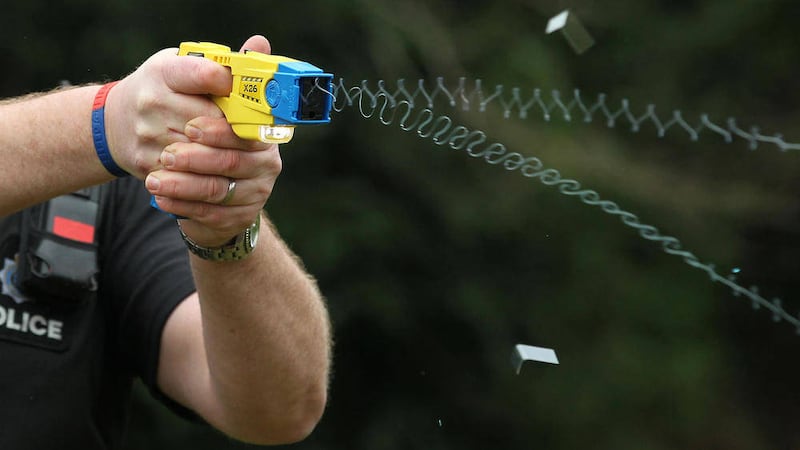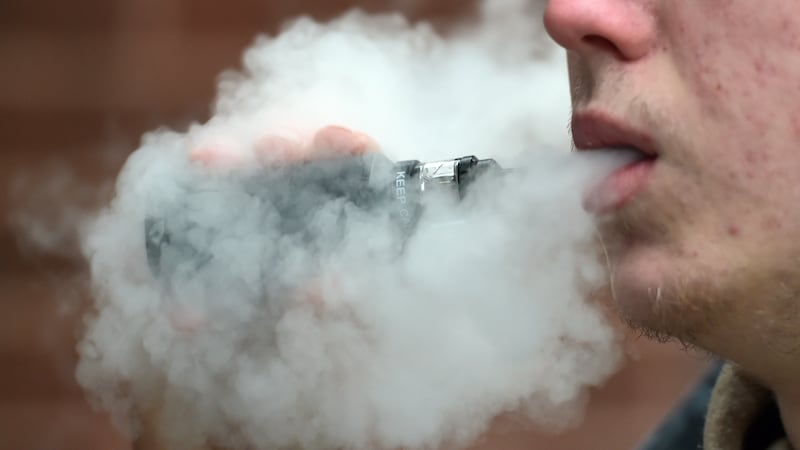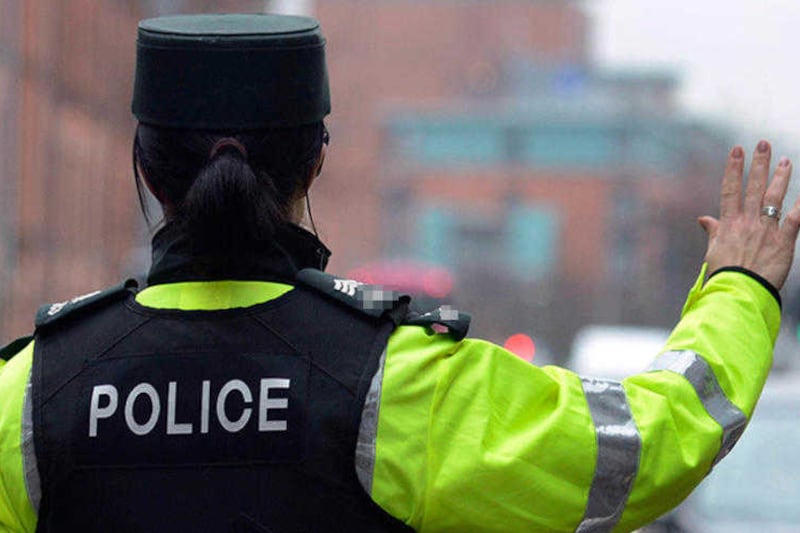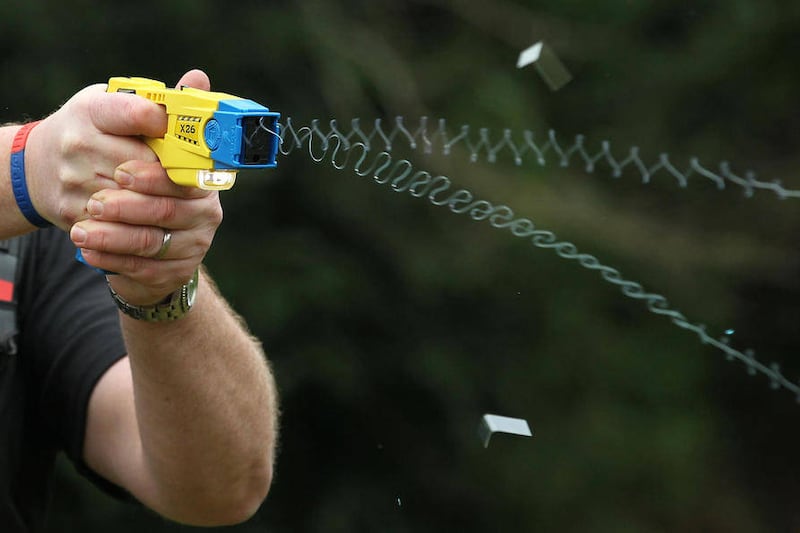SENIOR police have called for an independent review into the safety of Tasers after an inquest found that the use of a 50,000-volt stun gun contributed to the death of a young man.
The National Police Chiefs' Council (NPCC) made the demand as figures revealed police use of Tasers in the UK has soared by 50 per cent in the past five years, although it dipped marginally last year.
Factory worker Jordon Begley (23) died two hours after he was shot with a stun gun while being restrained by three armed officers from Greater Manchester Police (GMP) in July 2013.
While the initial Taser shock did not cause his heart to stop, the jury concluded the weapon's use and the restraint "more than materially contributed" to a "package" of stressful factors leading to Mr Begley's fatal cardiac arrest.
The landmark verdict is believed to be the first time a UK jury has found a Taser contributed to a death, and has raised fresh questions about use of the weapon.
The NPCC is urging the British government to refer the case to an independent body to assess whether Taser safety advice should be changed.
Deputy Assistant Commissioner Neil Basu, the NPCC's lead on less-lethal weapons, said the verdict "raises some concern about the use of Taser".
He added: "As a result, I will be asking the Surgeon General - along with the Home Office - to refer the detailed medical evidence in this case to an independent body in order that they can determine if it is necessary to amend their advice of the safety of this weapon. Their conclusions will be published.
"I take the jury's verdict in this case very seriously and also await any recommendations that the coroner may wish to make."
His comments came as Home Office figures showed Tasers were used 10,062 times last year, up from 6,649 in 2010 but marginally down from 10,380 in 2013.
Officers used the highest "fire" setting, which sends an electric shock which incapacitates the victim, 1,724 times last year. The stun setting, which sends out painful shocks, was used 256 times.
Police in London use Tasers more than any other force, with 1,962 uses last year. Their officers triggered the most powerful "fire" shot 219 times.
The West Midlands was next with 1,573 uses, and the North West - which includes Greater Manchester Police, who were criticised at Mr Begley's inquest - was third with 1,447.
Police in the North East resorted to the stun gun the least, using it 252 times.
Mr Basu said the Taser allows police to deal with violent threats swiftly and at a distance, and "has saved many lives".
He said the new figures show Tasers are only actually fired in 20 per cent of cases when they are drawn.
Meanwhile, the Home Office statistics show the use of firearms by police is continuing to fall.
There were 14,864 firearms operations in England and Wales in 2013-14, down from 15,454 the year before and 23,181 in 2008-9.
These included 12,061 involving armed response vehicles in 2013-14, down from 12,620 the year before and significantly lower than the 18,874 undertaken in 2008-9.
The number of authorised firearms officers has also slumped from 6,092 in 2012-13 to 5,875 in 2013-14.
Amnesty International said the Home Office statistics on Tasers are "not fit for purpose", as they give no information on the circumstances in which the "potentially lethal electroshock weapon is used".
Amnesty's UK Arms programme director Oliver Sprague branded the increased use of Tasers in the past five years "extremely worrying".
He said: "On the week that an inquest jury ruled that a Taser was found to have contributed to the death of a young man in Manchester, we need more clarity on how and why these weapons are used.
"The statistics on their own tell us nothing about whether these weapons are used correctly or not. Without such detail, these figures are not fit for purpose.
"As we saw in the case of Jordon Begley, the precise circumstances over when a Taser is drawn or discharged can be - quite literally - a matter of life and death.
"We're not saying that Taser doesn't have a role to play but it must be considered as a weapon of last resort."
Mike Penning, policing, crime, criminal justice and victims minister, said: "The government is clear that any use of Taser must be lawful, proportionate and necessary in all the circumstances.
"This data makes the police's use of Taser and firearms more transparent and allows the public to see how these sensitive powers are being used.
"We welcome the NPCC's decision to ask Sacmill (scientific advisory committee on the medical implications of less-lethal weapons) to review their medical assessments.
"There is no suggestion that their current assessment is outdated but it should be refreshed in light of recent cases so that it supports operational guidance and training."




